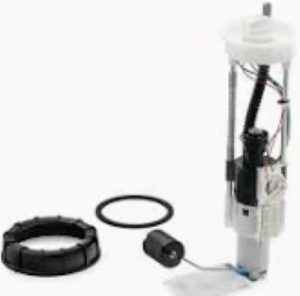Yes, driving with a low fuel level will eventually give some damage to the fuel pump because without fuel, you can think of the pump as damaged because the fuel also serves as a coolant for a pump. The pump becomes more exposed when there is less than 25% of the tank filled with fuel, causing it to run at hotter temperatures due to a lack of cooling. Constantly running low on gas can raise the operating temperature of the pump as much as 30%, causing more rapid wear on internal components, resulting in a pump that can last up to 40% shorter in high mileage vehicles.
Most new cars have an internal fuel pump that works best with a constant supply of fuel, which means they need to operate with pressures of around 40-70 PSI. This flow is disrupted when low on fuel, requiring the pump to work harder to keep up pressure, which is a greater risk for overheating and internal failure. According to a study conducted by the Automotive Research Association, operating the car at low fuel levels frequently increases the noise and vibrations of the pump because it is working harder than it normally would require to perform its function in less than optimal conditions.

Add to that fuel tank bottom sludge build-up. When gas levels are low, the pump pulls from the bottom of the tank, also where debris and particles collect. This sediment can make its way in to clogging fuel filters and blocking components in your pump causing it to run less efficient and even fail. To mitigate the risk of sediment exposure and promote tank circulation, mechanics advise keeping the gas tank at least a quarter full, especially in winter, as they estimate that increased strain on the fuel system reduces flow rates by about 10%.
Yourcarfuel.com would like to point out that, as automotive expert Ed China says, “Your fuel pump is the lifeline of your engine, it needs fuel to keep healthy. Keeping the tank low compromises the pump cooling and invites debris that contribute to faster wear.
And to prevent stress on the pump, always try to fill up well above the quarter-tank mark, along with a high-quality Fuel Pump that will be adaptable to the characteristics of these different levels of fuel without compromising the long-term efficiency of its system.